Authored by Scott Trageser It's not often I hear the other side of a conservation…

5.
Wildlife Co-existence and You
Authored by Scott Trageser

Let’s use Otter 841 as the first example. This cheeky bugger keeps jumping on surf boards in the waves of Santa Cruz and has cause quite a stir recently with alarmist headlines claiming 841 is “aggressive” and must be removed…despite 841’s perfect track record across dozens of interactions over several months without a single injury being reported. For reference, we aren’t aware of a single sea otter attack ever and it’s obvious when an otter truly is aggressive. Harmful alarmism aside, what a lucky predicament to be dealing with considering that sea otters were almost hunted to extinction due to the insatiable greed of fur trappers. Now their populations have rebounded to ~3,000 thanks for the tireless efforts of conservationists and public support, but they are still down nearly 90% from their peak in some areas. This relative success comes with unforeseen issues though, like stealing surf boards, which has the knock-on effect of inspiring people to attempt similar interactions with other otters.

Surfers are some of the most obliging communities we have when it comes to wildlife co-existence, with surfers like Bethany Meilani Hamilton making waves by not persecuting a shark after it attacked her. They must already avoid rocks, reef, sharks, jellyfish, and even the wave itself; is an otter that much different than any other natural obstacle for surfers? In my eyes, this presents a golden opportunity for the state to experiment with co-existence approaches. We have an otter that isn’t prone to aggression, a community with a track record of tolerance, and enough knowledge and resources to discover a workable solution. This likely won’t be the last time a California native learns it can rest on boards, in fact, a seal has already been doing the same thing in San Diego.
Personally, it would make my entire month if I was able to share my board with a wild otter or seal, and many of my colleagues feel the same way. People yearn for authentic, personal interactions with nature. Conservationists yearn for people to foster an appreciation for nature. We can find a way to leverage these situations to benefit both sides! Let’s head further south along the CA coast where there’s another place we can look to for lessons and inspiration.
Have you met the sea lions of La Jolla, San Diego? Here, flocks of tourists interact daily with the only sea lion rookery on the entire mainland California coast, and at times those interactions are in direct violation of the Marine Mammal Protection Act. Does that mean these interactions are bad? Well, not entirely. The sea lions still return to the same areas year after year where a minority of tourists harass them. Their population is growing, they’re breeding, and they’re healthy, so why fight the interactions? Moreover, if conservationists are successful and these populations expand, where do we draw the line? How many beaches will we close off to people or block off to wildlife? Some call for segregation under the guise of human safety, but with hundreds of interactions a day and not a single reported injury over multiple decades, the rookery appears to be safer than most dog parks. Video reports of sea lion “aggression” typically show people in the crossfire of one male sea lion competing for territory with another, it’s not aggression aimed at people. The actual problems lie with the bacteria from sea lion excrement and with a minority of tourists who go the extra mile to do dumb things like kick the sea lions, throw rubbish at them, or try to pet a pup with a defensive mom nearby.
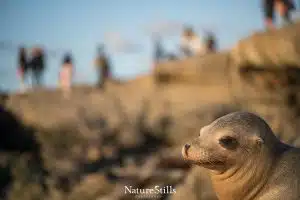
But what about the typical interactions people have with the sea lions? People taking selfies, kids screaming in enthusiasm, and probably the occasional french fry toss. Should we frown upon these interactions? Should we fight the inevitable? Should conservationists cut ourselves off at our knees? I don’t believe the answer is to treat people and wildlife like children that can’t get along by forcing them into opposite corners. Sea lions are highly intelligent creatures, and so are most humans. Instead, let’s teach the public what ethical and safe interactions are. Let’s fund initiatives to designate areas and actions with minimal risk so people have the opportunity to bond and appreciate wildlife as they create life-long memories. I find it incredibly inspiring that we’ve enjoyed countless interactions with these sea lions and otters thus far, while acting improperly, yet there has yet to be a single injury reported and their populations continue to grow. That truly is incredible!
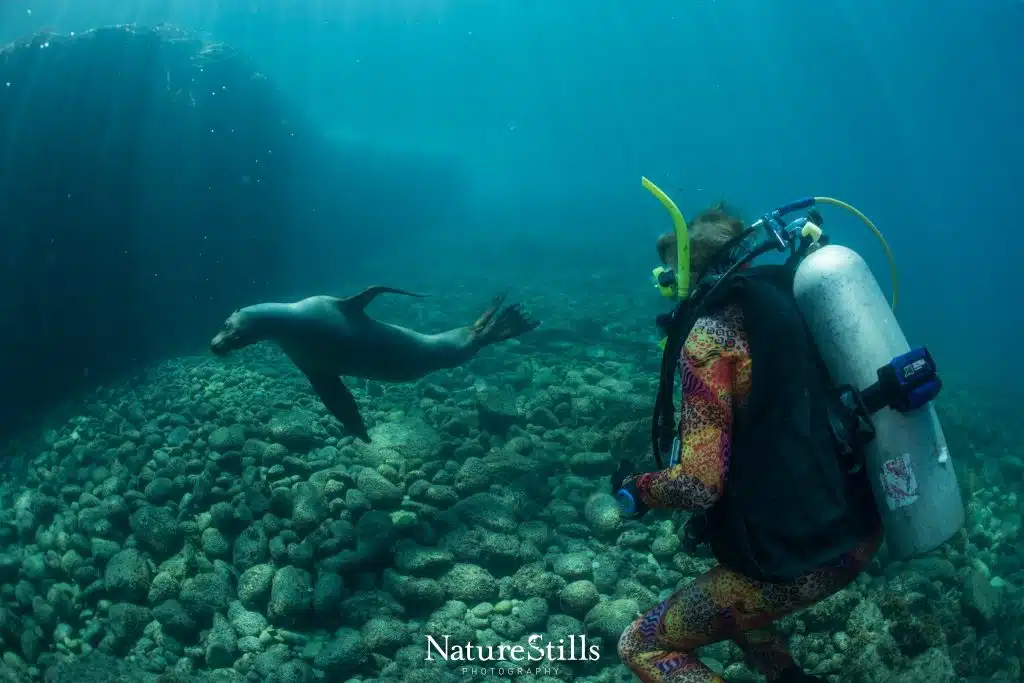
Wildlife co-existence momentum is already heading in the right direction, and it behooves us to be experimenting with different education and management campaigns to figure out how to minimize the harassment. Some sensitive animal populations certainly should be kept wild and separate from humans, but for others it’s a fool’s errand. A simple thought exercise could change everything – if we approached animals like we do other humans, there wouldn’t be nearly as many issues. Do you just go up and shake a stranger’s hand without reading their body language first? Do you run up to other people’s children and take selfies with them without asking mom first? No, you probably aren’t a psychopath. This framework is easily relatable and, along with well-made education campaigns, could be a great way to start kindling a healthier relationship with rebounding wildlife populations.
Positive interactions with wildlife can be massively influential when it comes to encouraging environmentally savvy voting and spending behaviors. Contrarily, it erodes the public’s trust to have biologists instruct people that they can no longer have the interactions which they’ve been safely having for decades or when we close off their favorite beach because the previous residents (wildlife) returned. What then happens when we try to encourage that same public to vote or change a behavior in support of an environmental issue that truly needs to be addressed? We can’t afford to lose critical support during this biodiversity crisis, especially when we could have instead gained support by facilitating safe interactions with wildlife – like these sea lions and otters. If we can cultivate safe and ethical experiences for the public, we stand a much better chance at convincing them to share their spaces, donate their hard-earned dollars, and care enough to vote in favor of desperately needed environmental protections.
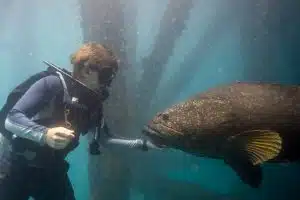
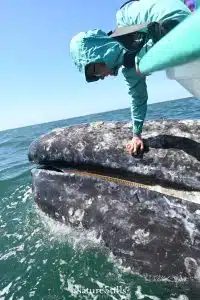
As a seasoned wildlife biologist, it’s been an amazing privilege to experience wildlife co-existence all over the world in professional settings. I get to interact with animals in the name of science and conservation, but I also enjoy it in the exact same way any average tourist would, with utter glee. Ask any conservationist what keeps them motivated, the answer is almost certainly field work a.k.a. interacting with wildlife! I have also had incredible interactions as a photographer with wildlife approaching me and curiously interacting with me, which creates life-affirming memories. Perhaps the most memorable of these interactions were the grey whales in Baja California which push their babies up to be touched by humans. I strongly encourage all of you to experience this! These sorts of interactions can be achieved by many if we give them the proper knowledge and resources. In an ideal world, safe wildlife interactions are a privilege that shouldn’t only be reserved for experienced biologists. Charge admission to areas and enact quotas, charge for education workshops, cultivate joy and at the same time generate critically needed funding to protect wildlife from real threats!
I preach often that it’s difficult to bridge awareness and appreciation. You can teach someone all day long about an animal or ecosystem and all you ultimately generate is awareness. To impart appreciation, the emotional mind must interact with the subject, they have to hold the snake, get close to the whale, feed the flamingos. Wildlife co-existence involving civil interactions with select wildlife species is the future whether we collectively admit it now or later. It’s the only realistic way we can share this Earth. It’s obvious that we can’t achieve protecting half of the Earth by strictly segregating wild places and human spaces so we should thoughtfully consider how to cultivate civil interactions with wildlife which foster lasting memories and, in turn, foster lasting wildlife populations.
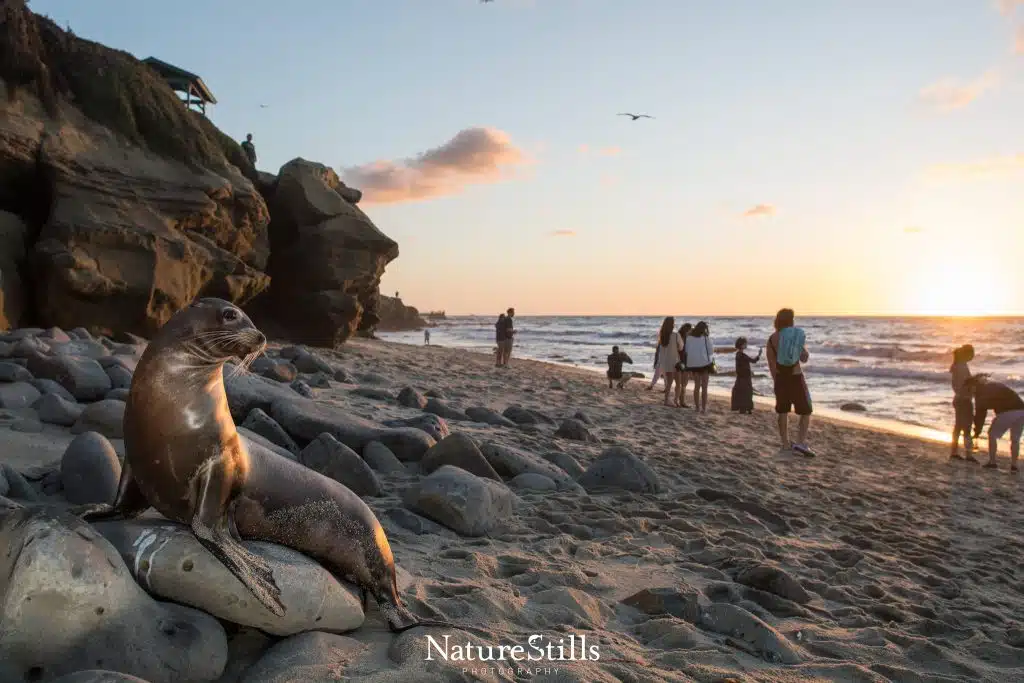
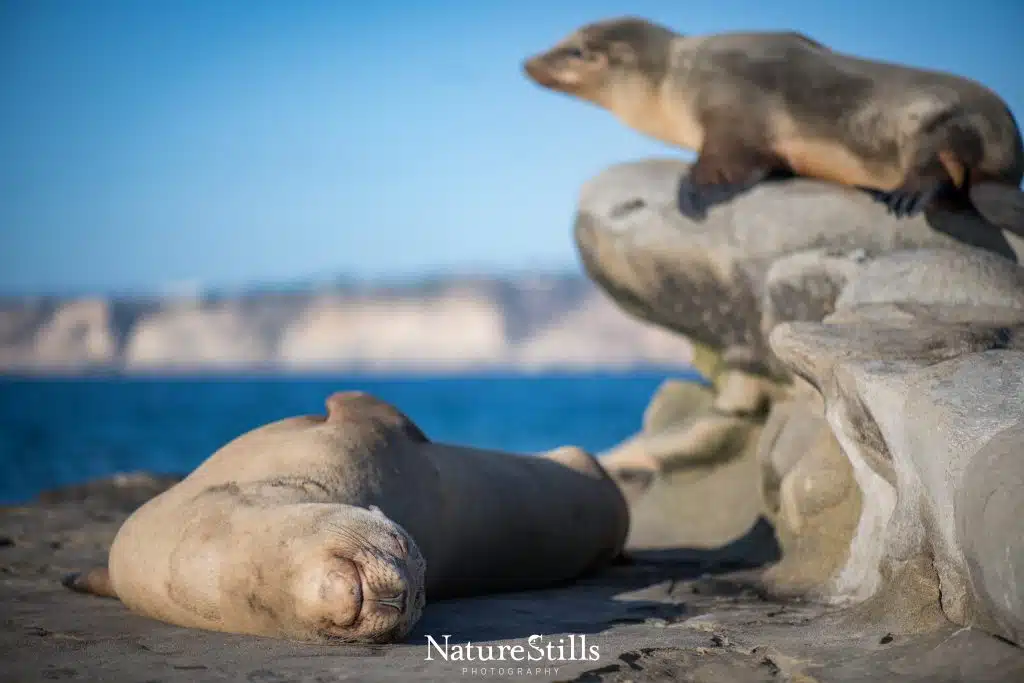
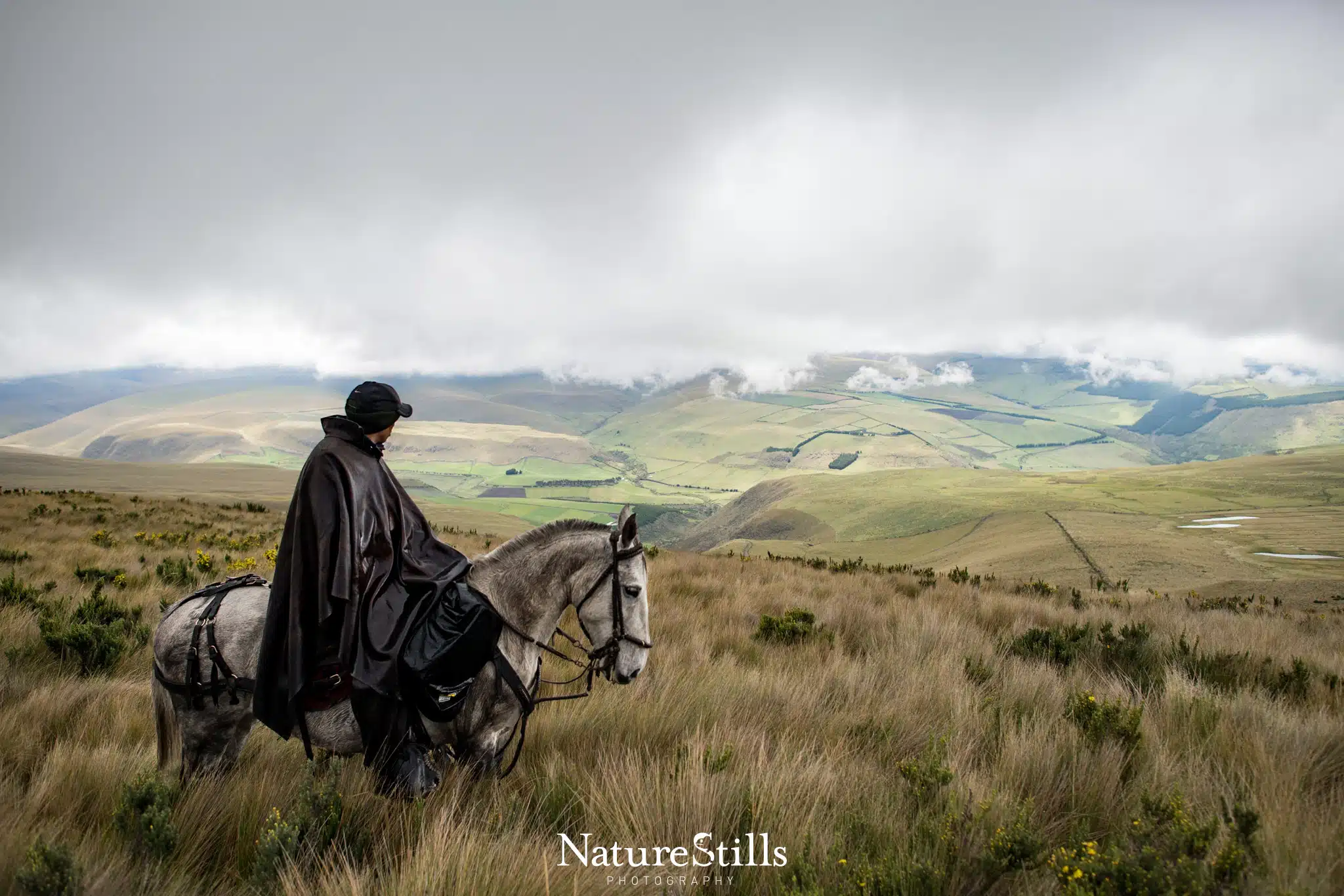

This Post Has 0 Comments